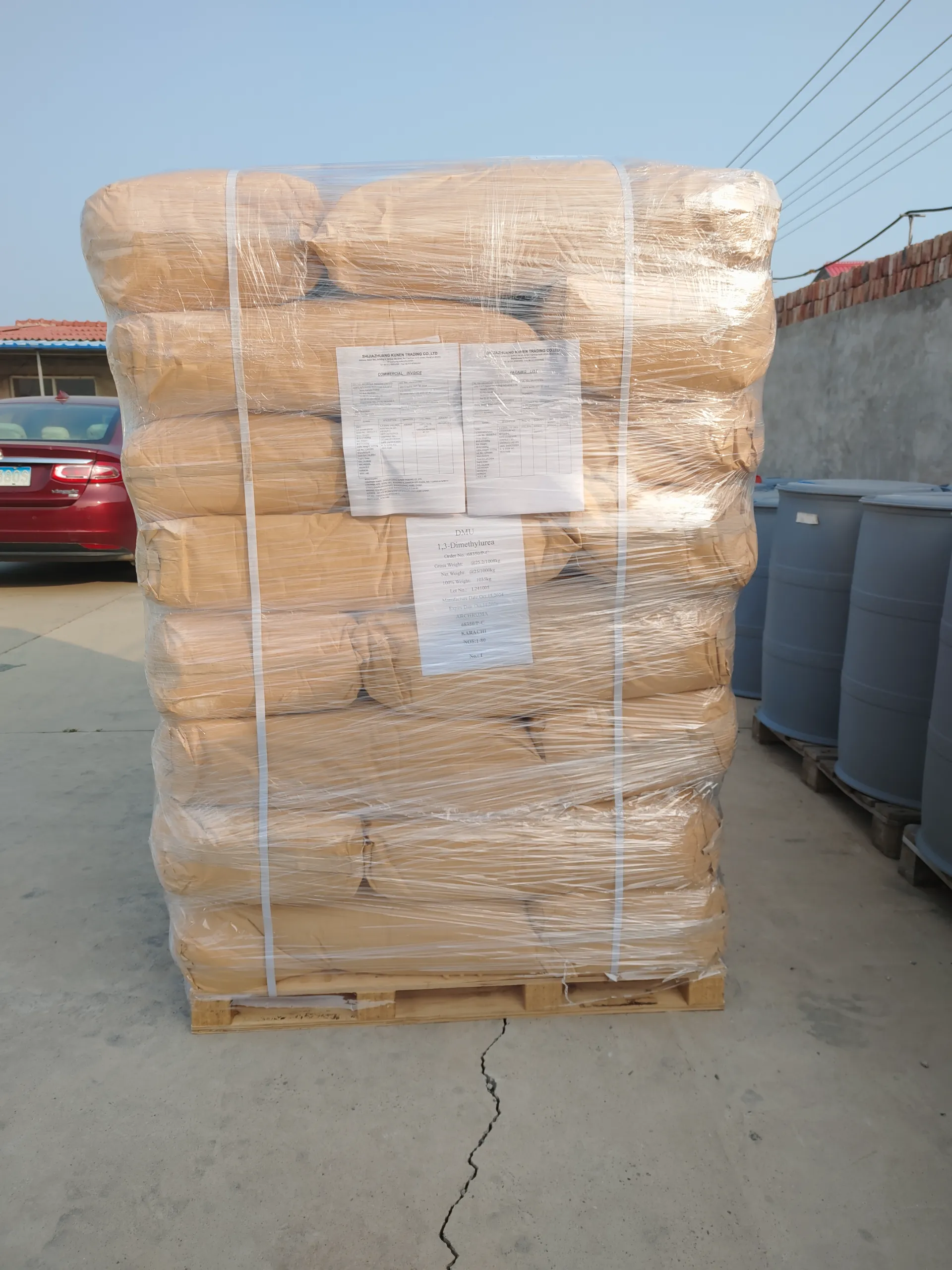

Polyacrylamide's credibility is reinforced by stringent regulatory evaluations and compliance with international safety standards. Its production and application are guided by thorough research, ensuring that it meets both efficacy and safety criteria. This adherence to high standards fosters trust in its application across multiple industries, providing peace of mind to stakeholders such as manufacturers, industry experts, and consumers. Moreover, the continuous advancement in PAM technology reflects ongoing research investment, adapting its formulations to meet emerging challenges and environmental considerations. In the mining industry, polyacrylamide contributes to operational improvements by enabling efficient solids-liquid separation and tailings management, which are critical for minimizing environmental footprint and improving resource recovery rates. Its application enhances the purity of extracted minerals, ensuring operations adhere to both economic and environmental standards. The expertise demonstrated by PAM in optimizing these processes is a testament to its crucial role within the industry. It's essential to understand that successful implementation of polyacrylamide solutions requires tailored approaches that consider specific industry needs and environmental conditions. Whether in water treatment, agriculture, oil recovery, or mining, collaboration with experts who possess in-depth knowledge of polyacrylamide properties and applications ensures optimal outcomes. Innovators and industry leaders alike continue to explore additional applications for PAM, drawn by its demonstrated success and potential for advancing industrial processes sustainably. In conclusion, polyacrylamide is a substantial asset across numerous sectors, underscoring its multipurpose nature and efficacy. Its contributions to critical industries highlight its reliability, environmental compatibility, and potential for supporting sustainable practices. As research and innovation continue to evolve, polyacrylamide stands positioned as a pillar of industrial efficiency and environmental stewardship, ensuring industries not only meet but surpass future operational and ecological challenges.
Next:

